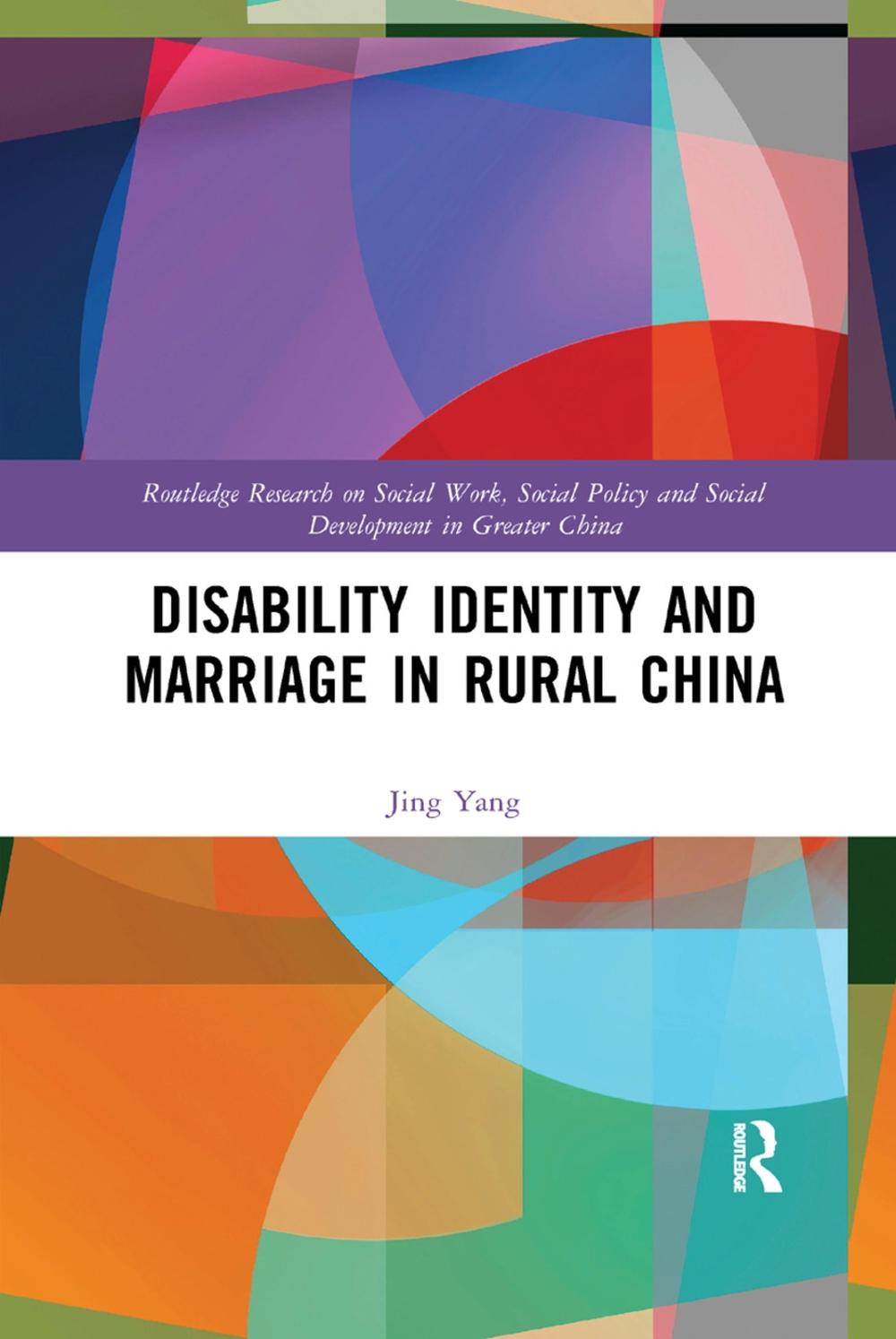
When you click on links to various merchants on this site and make a purchase, this can result in this site earning a commission. Affiliate programs and affiliations include, but are not limited to, the eBay Partner Network.
Disability Identity and Marriage in Rural China by Jing Yang (English) Paperback

- Item No : 146607437264
- Condition : Brand New
- Brand : No brand Info
- Seller : the_nile
- Current Bid : US $71.41
-
* Item Description
-
The Nile on eBay

Disability Identity and Marriage in Rural China
by Jing Yang
Based on fieldwork in Bai Township, this book examines how women with disabilities in rural Southwest China compensate for their disability identity through marriage. The first book to theorize the married life of rural women with disabilities, it traces the process from mate selection to wedding ceremony, fertility and role performance.
FORMAT
PaperbackLANGUAGE
EnglishCONDITION
Brand New
Publisher Description
Based on data collected through in-depth fieldwork observation and interviews in Bai Township, this book examines how women with disabilities in rural Southwest China compensate for their disability identity through marriage. As the first book to theorize the married life of rural-based women with different types of disabilities, it provides a more holistic picture of their marital life by tracing the marriage process from mate selection to wedding ceremony, reproduction and role performance. It also generates a substantive theory grounded in the real experiences of women living with disabilities with Jing Yang arguing that these women are not passive victims in the marital process, but active agents who endeavour to minimize the risk of abuse and maximize security and satisfaction in their marriage. By examining the effects of fertility, patriarchy and village society on women with disability, this book will be of huge interest to students and scholars of many disciplines, including disability studies, sociology, social work, women's studies and Chinese culture and society.
Table of Contents
Introduction 1. Grounded theory method and married women with disabilities in Bai Township 2. Disability identity in the village environment 3. Disabled matching: the process of mate selection 4. Being daughters-in-law with disabilities 5. Becoming wives with disabilities 6. Being mothers with disabilities 7. Towards a conceptualization of compensating for disability identity through marriages for women in rural areas of China 8. Integrating compensating for disability identity with the literature 9. Conclusions
Details
ISBN0367260301Author Jing YangPages 192Publisher Taylor & Francis LtdSeries Routledge Research on Social Work, Social Policy and Social Development in Greater ChinaYear 2019ISBN-10 0367260301ISBN-13 9780367260309Format PaperbackImprint RoutledgePlace of Publication LondonCountry of Publication United KingdomDEWEY 362.40951Illustrations 3 Illustrations, black and whiteAffiliation Guizhou University, ChinaPublication Date 2019-03-21Language EnglishUK Release Date 2019-03-21AU Release Date 2019-03-21NZ Release Date 2019-03-21Alternative 9781138106499Audience Tertiary & Higher Education


















